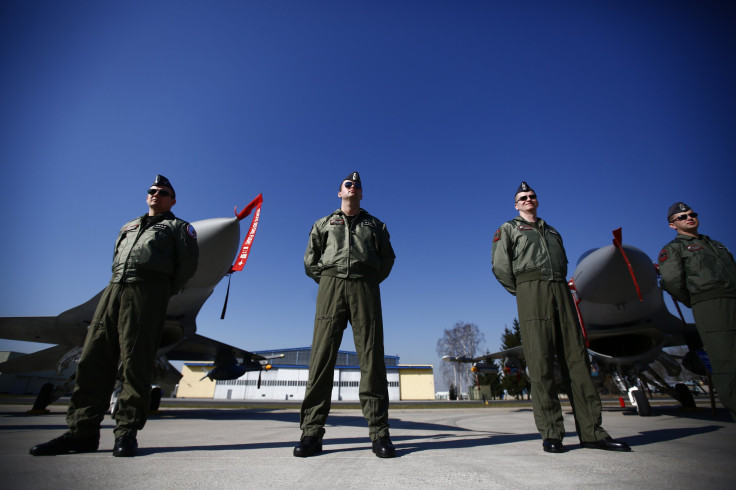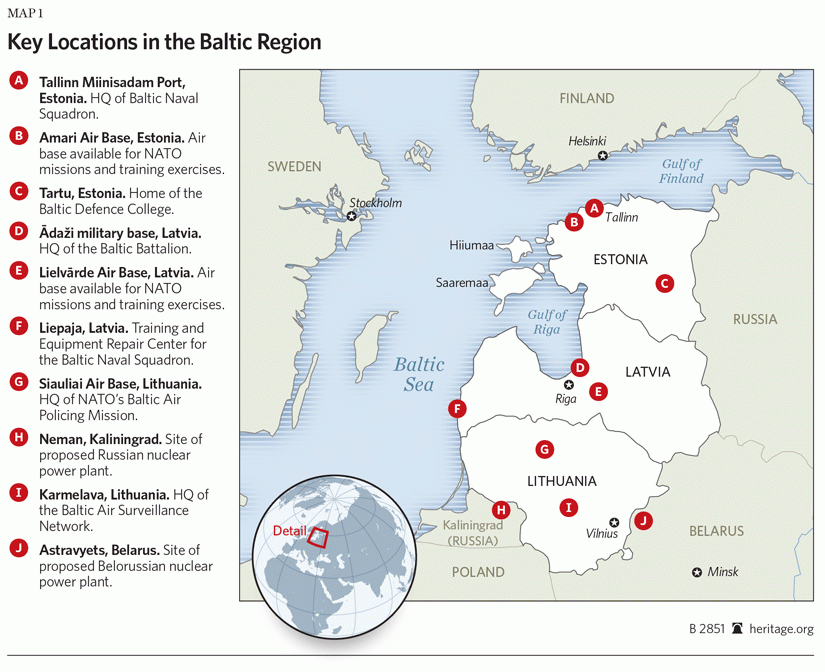A Crimean War Would Be Uphill Fight For US And NATO Against Russia, Experts Say
Thinking The Unthinkable - A Second Crimean War

As Russian troops amass near Ukraine’s eastern border, and additional forces enter Ukraine’s autonomous region of Crimea, a referendum scheduled for Sunday that could bring the peninsula under Russian control has the potential to set off an armed confrontation. A Second Crimean War, if it actually broke out, would pit post-Soviet Russia against a Western-backed Ukraine.
The last time the peninsula was the center of a conflict was in the 1850s, when the Crimean War broke out. At the time, the peninsula in the Black Sea was controlled by the Russian Empire, and found itself in the middle of a tug-of-war between an expanding Russia, which styled itself as the protector of Christians in the Muslim Ottoman Empire, and the declining Ottomans. The latter were backed by European powers wary of the czar's southward expansionism.
The 1853-1856 conflict, which killed more than 500,000 soldiers, was in many ways the first modern war, employing then-new technologies such as railways and the telegraph, and one of the first recorded by photography. Hostilities ended with a victory by the coalition of the Ottomans plus France, Britain and the Kingdom of Sardinia, the strongest of the pre-Unification Italian states. (It also was the first war in which the British and French were allies, not enemies.)
Now, 160 years later, Russian troops again threaten military action in Crimea. The pretext for beginning hostilities could be defending the rights of the ethnic Russian majority in Crimea, if Moscow decided that the Ukrainian central government in Kiev was threatening them.
Here's a look at the Black Sea region:
View the region in a larger map.
But unlike the war of the 1850s, this time a confrontation in Crimea might not turn out well for a Western coalition. If war between Russia and Ukraine breaks out and NATO comes to Kiev’s defense, the strategic situation would not favor the 28-member alliance, Patrick Larkin, a military expert and co-author of a book on a hypothetical second Korean War, told IBTimes.
“There are so few NATO troops that could, or would, make it to Ukraine and Crimea in time to matter that any NATO force would be significantly outnumbered,” Larkin said in an email.
The Russians would be playing on their home turf, essentially, against a Ukrainian military that's far weaker than theirs and a Western force that would find it very difficult to physically get to Crimea. NATO forces would have to travel hundreds of miles through Ukraine to get to an eastern Ukrainian front.
In addition, most NATO countries have forces deployed on their borders for defensive purposes and are not necessarily equipped to take offensive action deep into enemy territory, Larkin said.
“To get to Crimea, you either go overland through Ukraine, for several hundred miles, or you make an amphibious assault off the Black Sea,” Tom Fedyszyn, a former NATO strategist and commander of two U.S. Navy warships, told IBTimes.
Any amphibious assault would be extremely difficult and would probably be unrealistic, Fedyszyn added. Russia has thousands of troops already stationed in Crimea, who are close to their home bases. This would be an “uphill fight for NATO,” Larkin said.
Ukraine also has 65 percent of its army and air force located near its western border, away from the likely theater of hostilities, Fedyszyn said.
Fedyszyn, who now teaches at the U.S. Naval War College, said that in his opinion Ukraine would put up a fight, but would not be able to defend successfully against an advanced Russian army, especially as its forces are relatively disorganized and in poor shape.
However, if Turkey, a NATO ally sitting across the Black Sea, allowed the alliance to use its air bases, and if its navy joined the fight, the balance of power could significantly shift toward the West, as Russia would have trouble keeping its forces in fighting shape.
“There are only three major routes into the peninsula, and air and missile strikes could make it difficult for the Russians to resupply or reinforce their existing forces,” Larkin said.
But a confrontation between NATO and Russia could expand to another part of Europe if Belarus, another ex-Soviet state and Russian ally, joined in the fight or allowed Russia to use its bases. That could threaten Estonia, Latvia and Lithuania, the three Baltic ex-Soviet republics that became NATO members in 2004 and are extremely wary of Russia.
In this (admittedly unlikely) scenario, more NATO forces would be siphoned away from the Black Sea region to protect the three tiny Baltic states, taking some pressure off Russia.
Here's a look at the Baltic states and their proximity to Russia and Belarus:

If a hypothetical new Crimean War expanded to that extent, it could escalate into something far more serious, Thomas M. Nichols, a national security expert, said. “If Russia attacks the Baltic states, we are talking about World War III,” said Nichols, who is a professor of national security affairs at the U.S. Naval War College.
If that happens, then Russia is going to war with 28 countries, including the United States and two other nuclear powers, France and Great Britain. But that's a highly unlikely scenario, Nichols said, noting that NATO was not structured to take on a conflict that was not near its borders. And Crimea is, after all, not close to home for the Western alliance.
© Copyright IBTimes 2025. All rights reserved.






















